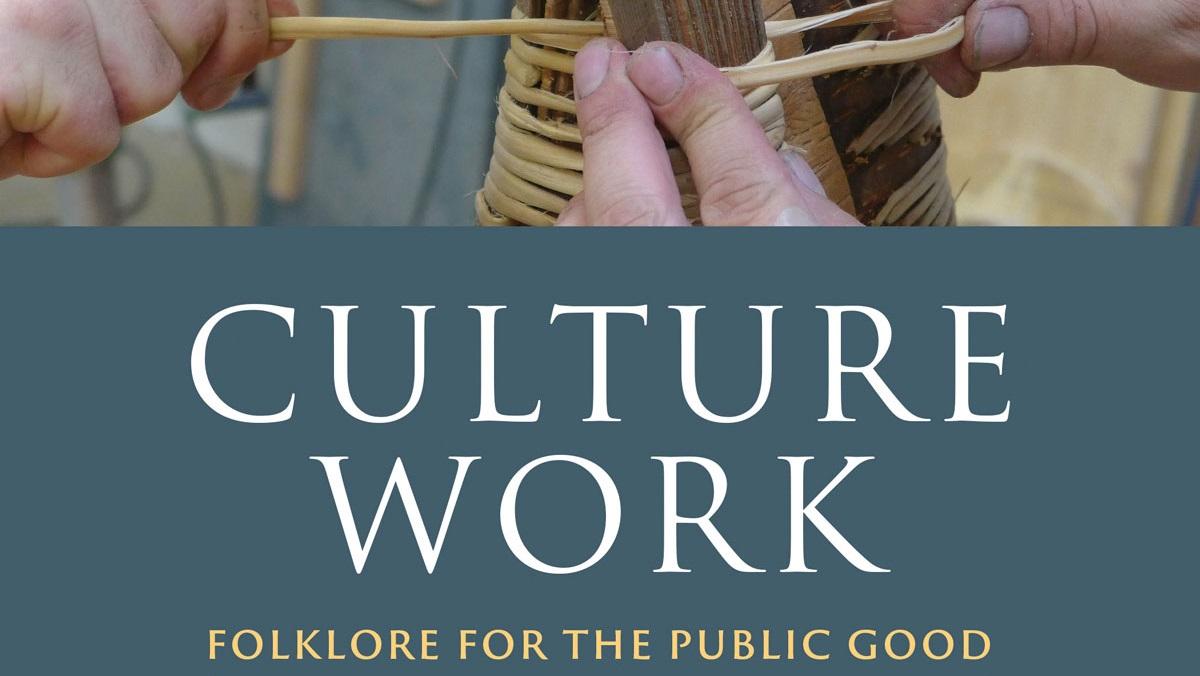This collection of essays, compiled and edited by folklorists and UW–Madison Scandinavian Studies/Folklore Program alums Marcus Cederström and Tim Frandy, guides readers through the principles, processes, and products of public folklore and humanities initiatives. While not all contributors are Wisconsinites, a majority of them draw on personal and professional experience with Upper Midwestern communities, cultures, and traditions; the Upper Midwest’s folklife infrastructure and cultural landscape shine in this collection. Accounts of a continually evolving fish sandwich festival in Bay Port, Michigan; reflections on the transmission of curling traditions and social customs from the perspective of a folklorist-curler; profiles of the nation’s most exceptional and celebrated traditional artists and the legacy of National Endowment for the Arts’ National Heritage Fellowship program; and a variety of thought-provoking tales of traditional artists, community documentarians, and archival collections personify the wide-ranging work of public folklorists and cultural workers.
Organized around six themes, Culture Work is filled with stories of individuals, communities, and cultural workers dedicated to sustaining the traditional songs, stories, material culture, and knowledge of the region, and insights into how those expressions cultivate and enhance community. As this collection illustrates, culture work extends beyond documenting, amplifying, and contextualizing tradition, and often addresses environmental and economic conditions that enable communities to thrive.
As the editors note in their introduction, the Wisconsin Idea looms large in their work and throughout the book. In addition to being rooted in this principle of community service, culture work for the public good is community-driven, guided by a deep understanding of people and place, and involves what several contributors refer to as the “reverse Wisconsin Idea.” Just as knowledge flows from the university into communities across the state, it streams from students, community members, and collaborators into the university and other institutions, and culture work thrives on this exchange of knowledge.
The breadth of communities, traditions, and cultural workers represented in the book is by no means comprehensive. Culture Work offers a glimpse into the development and reverberations of collaborative public folklore and humanities projects. The collection also highlights our state’s robust network of cultural institutions, including grassroots community spaces like the Oulu Cultural and Heritage Center in Iron River, UW–Madison’s Center for the Study of Upper Midwestern Cultures, Oral History Program, and the Wisconsin Music Archives at the Mills Music Library, museums like the Cedarburg Cultural Center, and such state fixtures as the Historical Society and the Wisconsin Arts Board.
Readers can also glean a bit about the institutions making up the nation’s public folklife framework and the opportunities and complexities associated with working within such institutions at a local, state, and national level.
Although the book has an academic orientation, Culture Work will be an engaging read for anyone interested in the power that lies within the practices of sustaining, reimagining, or creating new cultural traditions.




